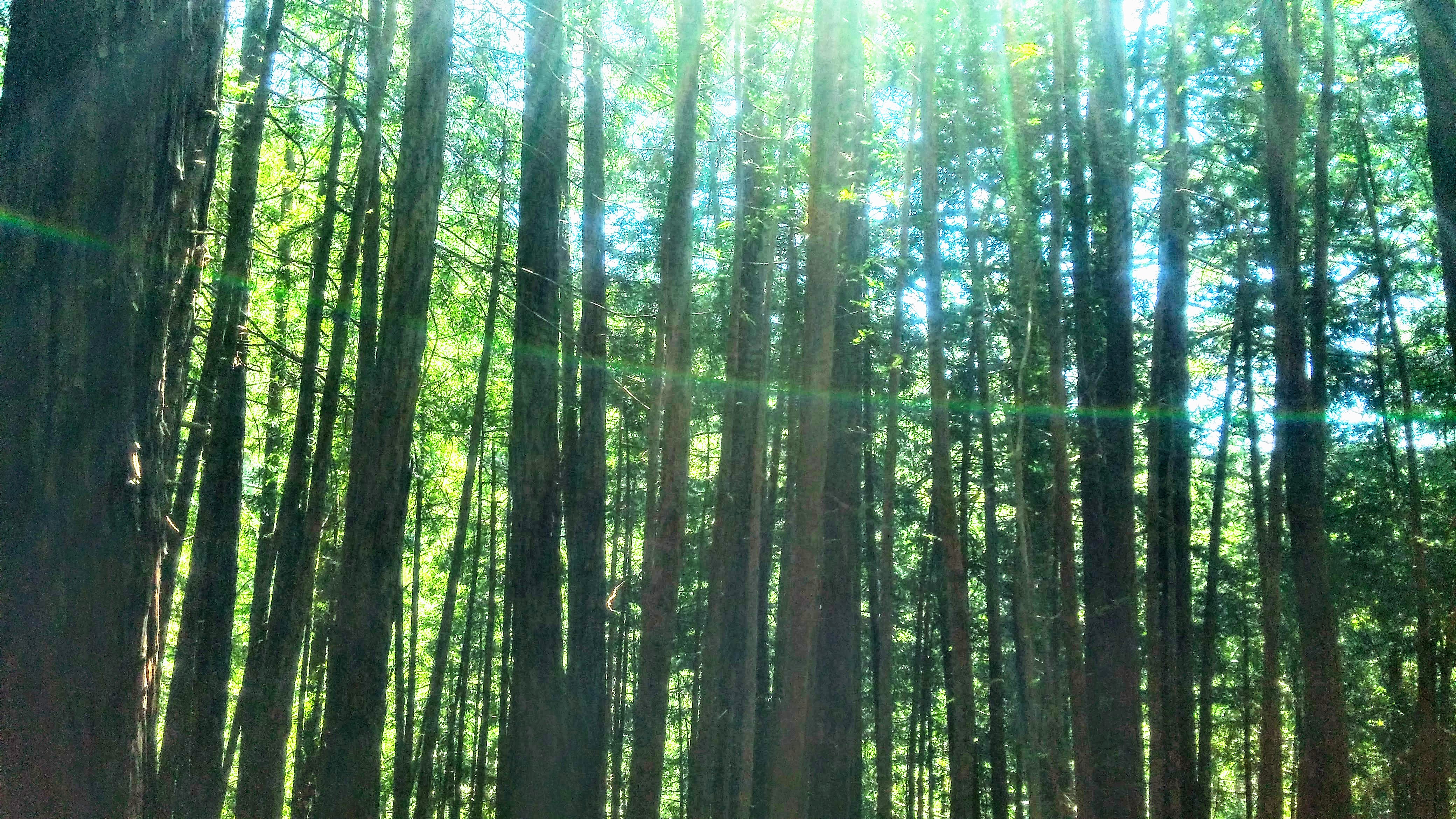Zenith Reflection
I chose to write and illustrate a children’s book for my ultimate Freestyle project because of my passion for bettering my small plot of the world. I’ve always felt that trauma and mental illness contribute to many issues that decrease the quality of life or human experience. How can people care about climate change or poverty or injustice when they don’t care about themselves or other people? I know children are very impressionable; they aren’t tainted by the traumatic experiences a number of adults go through. I thought I could make the most difference by directing my Zenith project toward them.
During my research process, what I really wanted to do was get feedback from those around me in my local community. I wanted reassurance that addressing children, that talking to them about mental health, would make an impact. But it was really difficult to reach out to children and other people. From my research, I learned that public schools really don’t have the resources–like funding, time or training–to teach young students about mental health. I think many people would agree that they’re spread too thin as it is, covering the core curriculum.
I reached out to a family friend and asked them if I could interview their child about their experience of mental health, stress, if they know anyone with a mental illness, and what they have heard in school about mental health. But something I hadn’t really considered before was that with younger children, it’s almost like they speak a different language that they made up. I couldn’t speak to them the way I normally would to my friends or teachers. You can’t throw big SAT vocabulary words at them and expect a concise, meaningful response back or for them to understand. After I realized this, it changed how I had to write my children’s book. I’d say this collaboration was invaluable.
Even though I had some success with this project, if I had to redo it I would have given myself more time or redistributed my calendar dates and given myself way more time for the brainstorming process. I’ve never been good with hard deadlines; the closer the final deadline got, the more panicked and stressed I would feel. I felt a bit hypocritical, writing a book about how to help children be mentally healthier when I was so stressed and anxious that I couldn’t sleep. If I were to do this again, I wouldn’t have let it get to that point, and I think would have asked for help much sooner and told one of the Freestyle teachers that I was really stuck with writing my story dialogue sooner. When I did reach out to a friend to talk about my project, I realized that I was struggling to write the dialogue because no one had ever talked to me about depression or anxiety before and I didn’t know what I’d say to someone with PTSD or an eating disorder. When phrased that way, writing dialogue was still difficult, but it became a little easier and my project got moving again.
I think I improved on my visual literacy, with storyboarding and planning out my illustrations. I finally got it into my head, the Principles of Design and CRAP (acronym for Contrast, Repitition, Alignment and Proximity). For example, when I was figuring out how to compose each illustration, I would think something like, “this tree should go there because of asymmetrical balance or the background needs to be a slightly darker shade of blue in order to contrast the bright yellow and green.” I think the result was overall noticeably more unified and cohesive. The 21st Century skill that I improved the least on, would probably be Productivity. The majority of the time spent working on this project, I was behind. I didn’t complete everything I planned to accomplish for all of the check in dates because I got stuck writing dialogue. So I kept having to scale back the scope of my project the more behind I got. In my original proposal I planned to divide the work evenly over the three months, with all my writing done beginning of March, I’d illustrate everything for the rest of the month and work on media, audio recording with an ebook to make it more accessible. I also wanted a range of characters representing from anxiety and depression to eating disorders and bipolar disorder, but that got scaled back too.
The greatest lesson I learned from this undertaking is to collaborate more often. Not only do you get a variety of viewpoints and it strengthens your project as a whole, but it also lightens the workload for you since you are sharing it with other people. Despite how stressful this was, it did ignite a passion and elevate my tech literacy and experience at Freestyle.


